Transport
The railway was born as a means of transport to carry freight (mainly coal) and it still maintains this role among its main tasks. Consequently, the most common type of vehicle on the tracks is the goods wagon. There are different types depending on their purpose and their design has evolved over time, moving from wood to metal construction and increasing in size as components have been modernised.
As a result of the size and diversity of the Asturian railway network, a good number of this type of vehicles has been preserved, suitably restored, in the Asturias Railway Museum.
Among them we can highlight the closed wagons, which consisted of a roofed wooden carriage with sliding doors on the sides where general goods (i.e. foodstuffs, packages) were transported. This is the case of the narrow gauge Efh 59 (from Económicos de Asturias) and the broad gauge Jfv 303215, originally from RENFE.
Another type of wagon is the flatcar, a vehicle consisting of a frame and an upper deck that was also used for all kinds of loads (i.e. large packages, rails). This is the case of a bogie model from the transformation of a trailer of the Carreño Railway, an example of how railway companies recycled their obsolete material for new uses.
The coal transportation required specific wagons for this purpose. The two most common types were those with high edges, an open prismatic van at the top, and which were unloaded by means of a folding front. A good example of this is the 2Vv 2218-12, originally from the Basque Asturian Railway and built with a metal structure.
Other lines had hopper wagons, fitted with an inverted pyramid-shaped van with a trap door in the lower part that allowed fast unloading. One of them is the T43, built for Fábrica de Mieres with a 750-millimetre gauge and designed by the company itself.

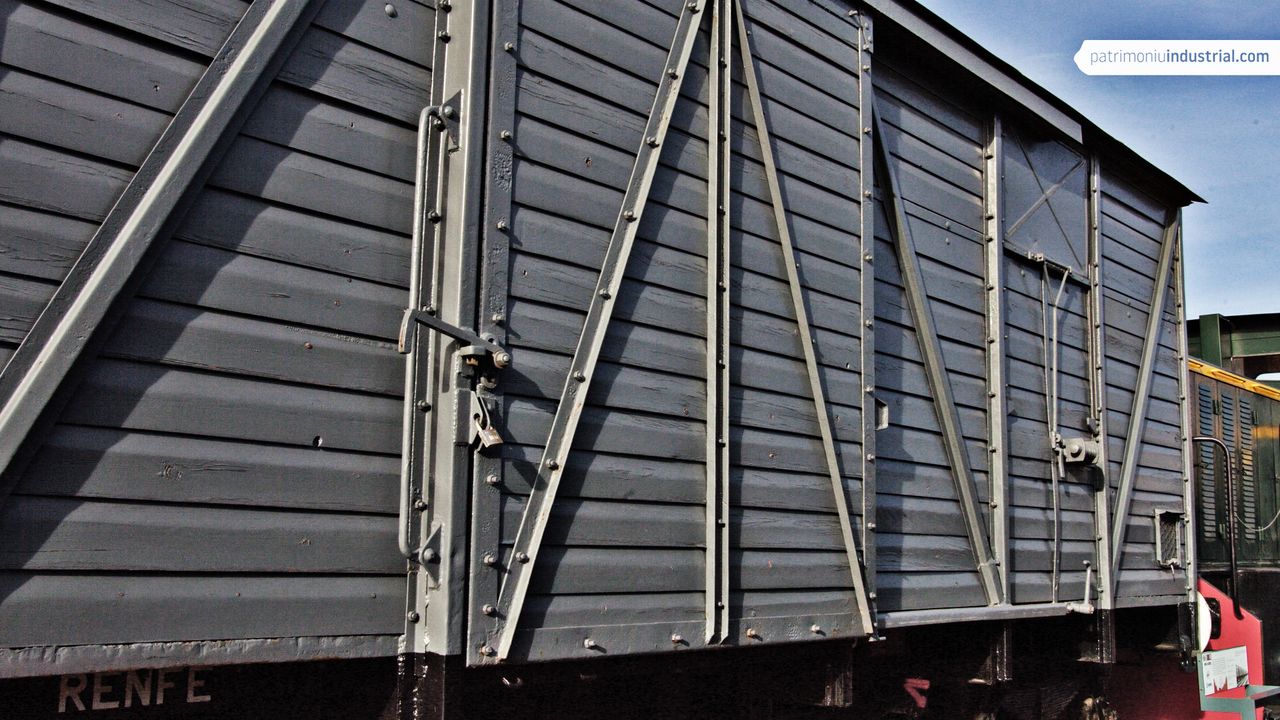
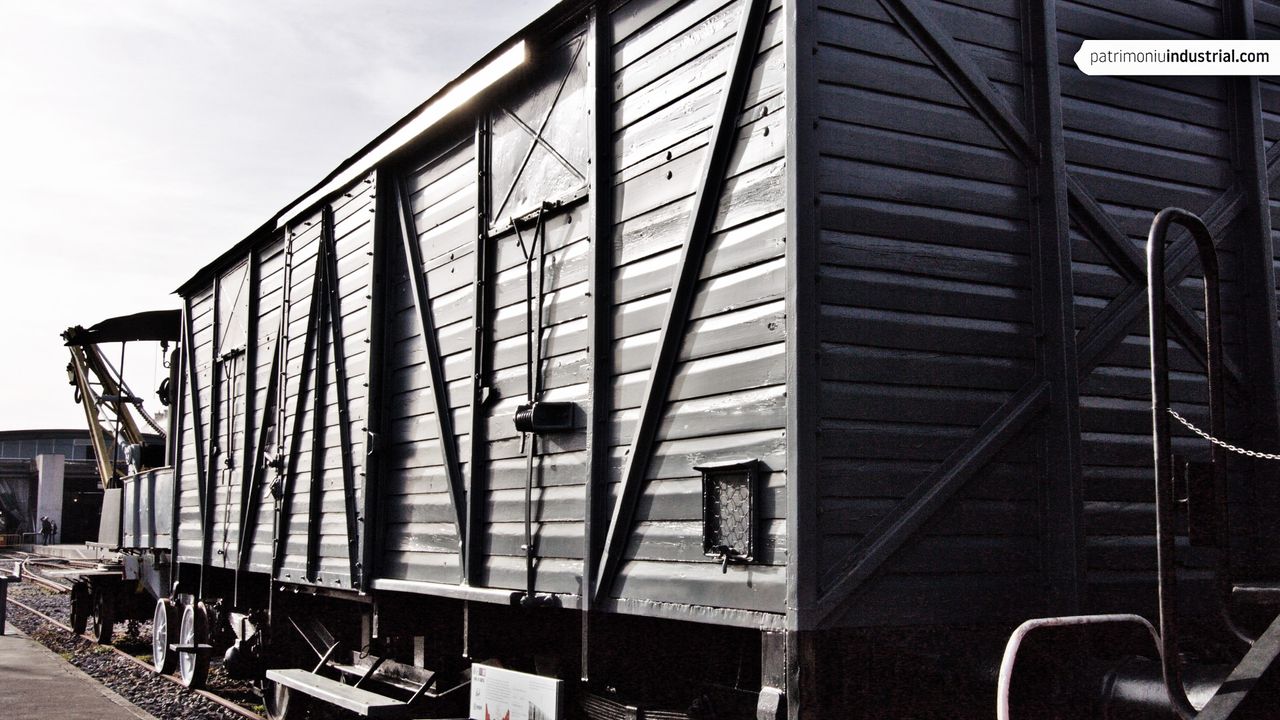
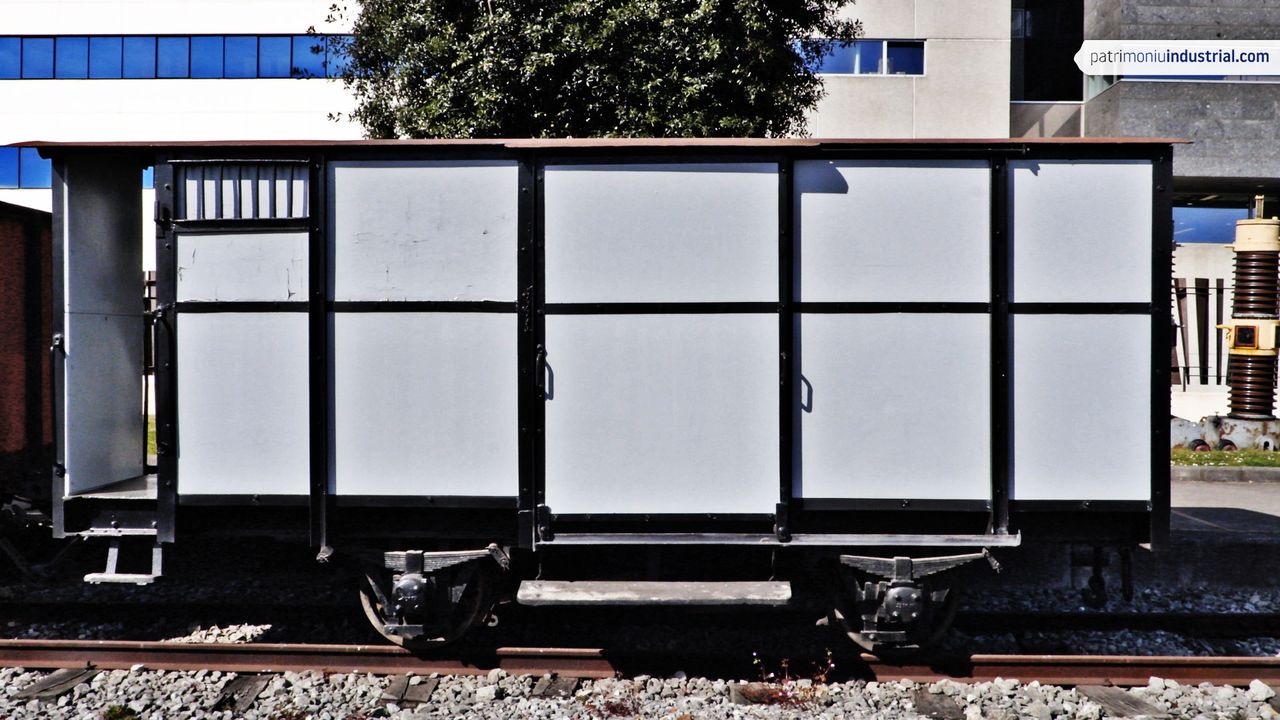
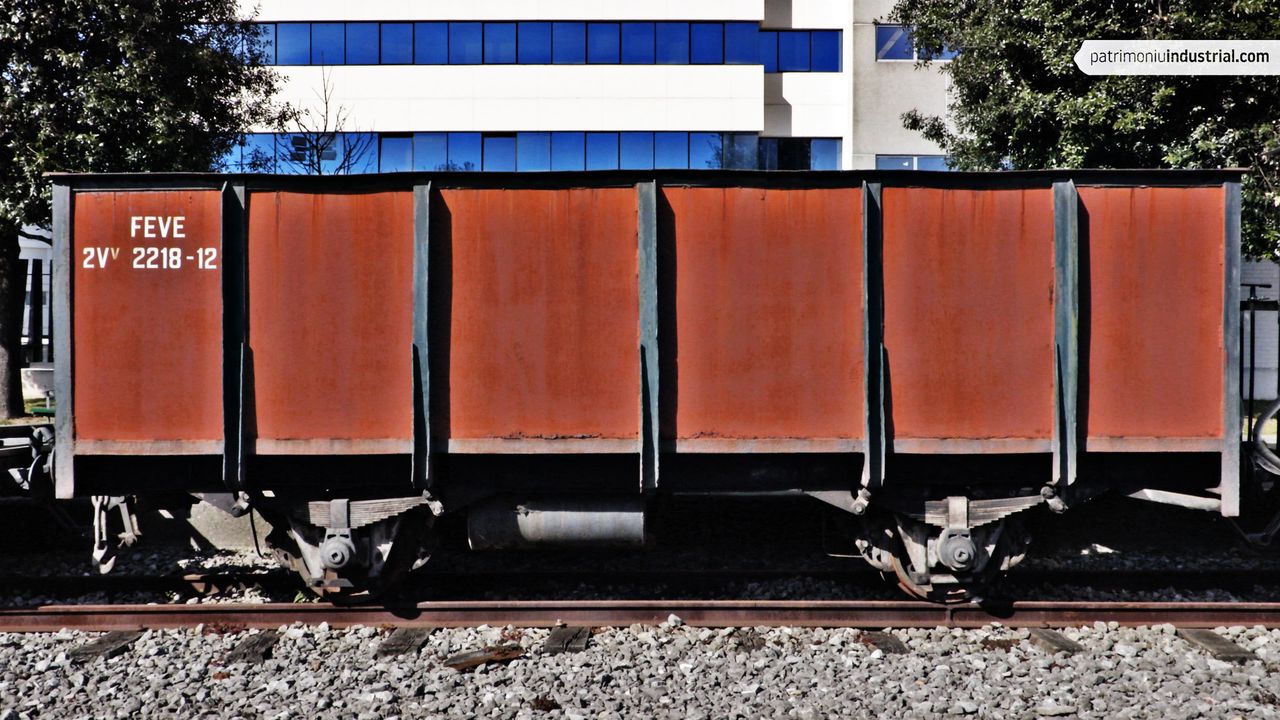
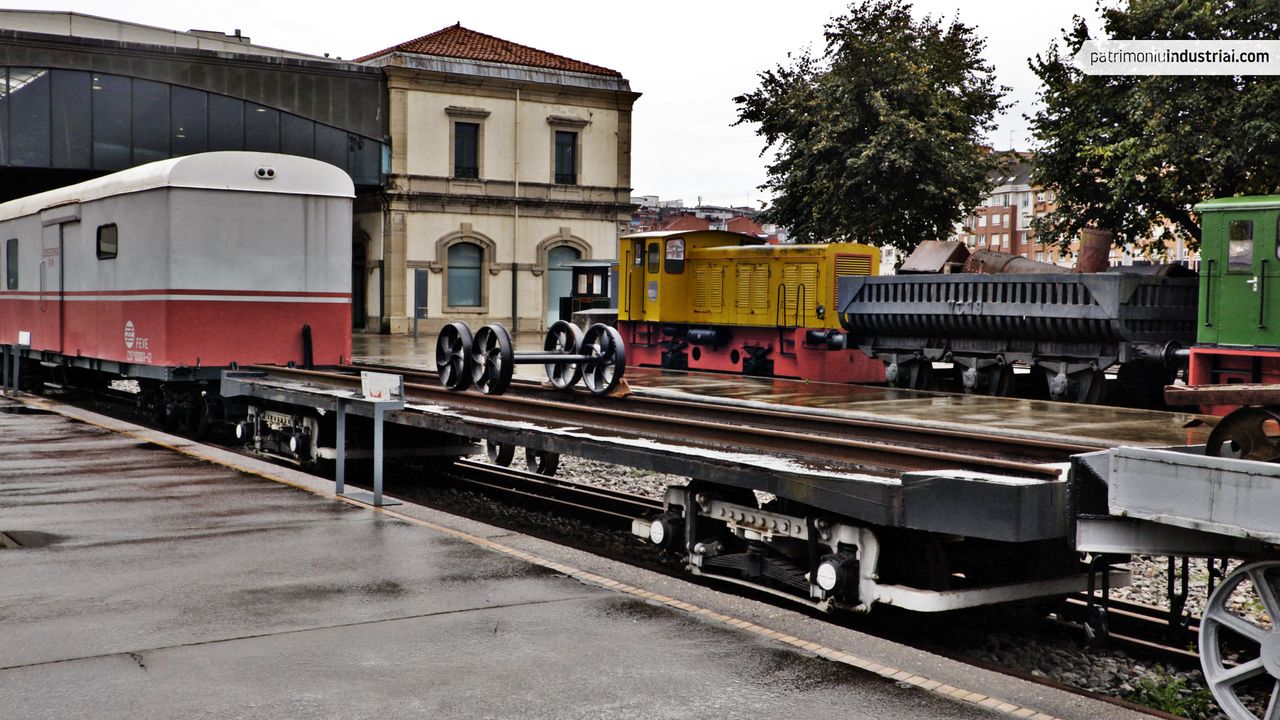
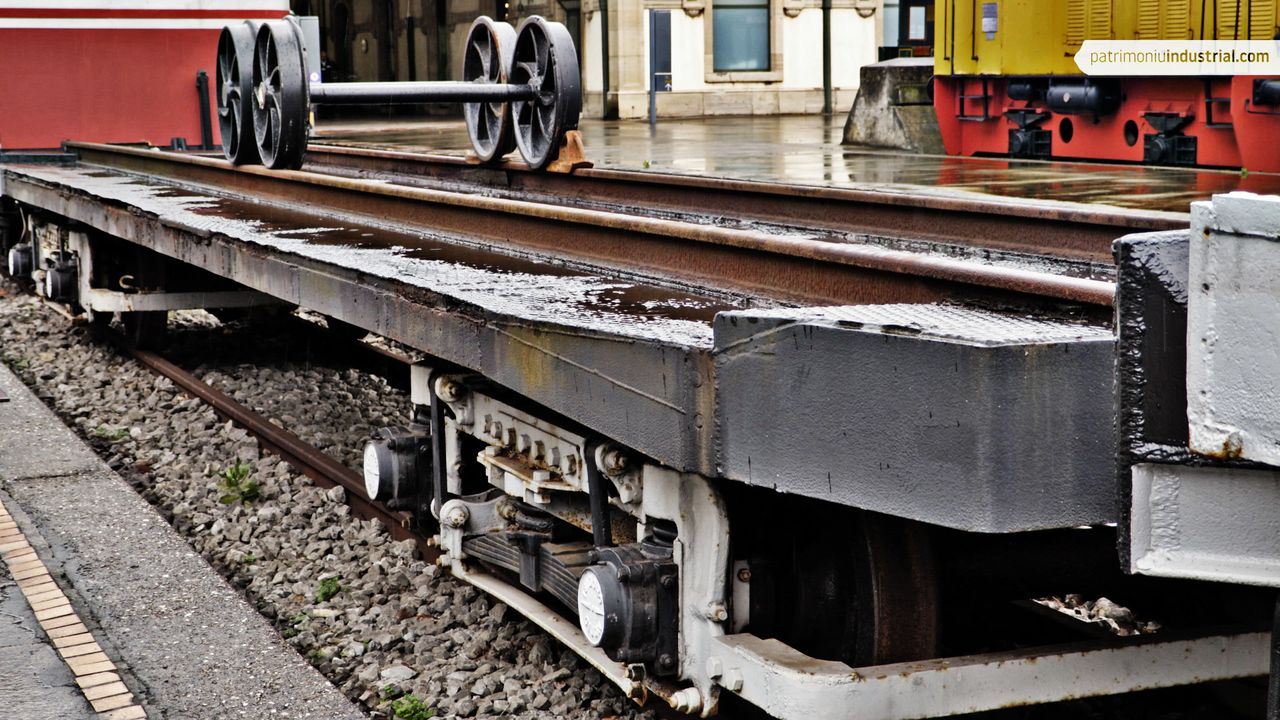
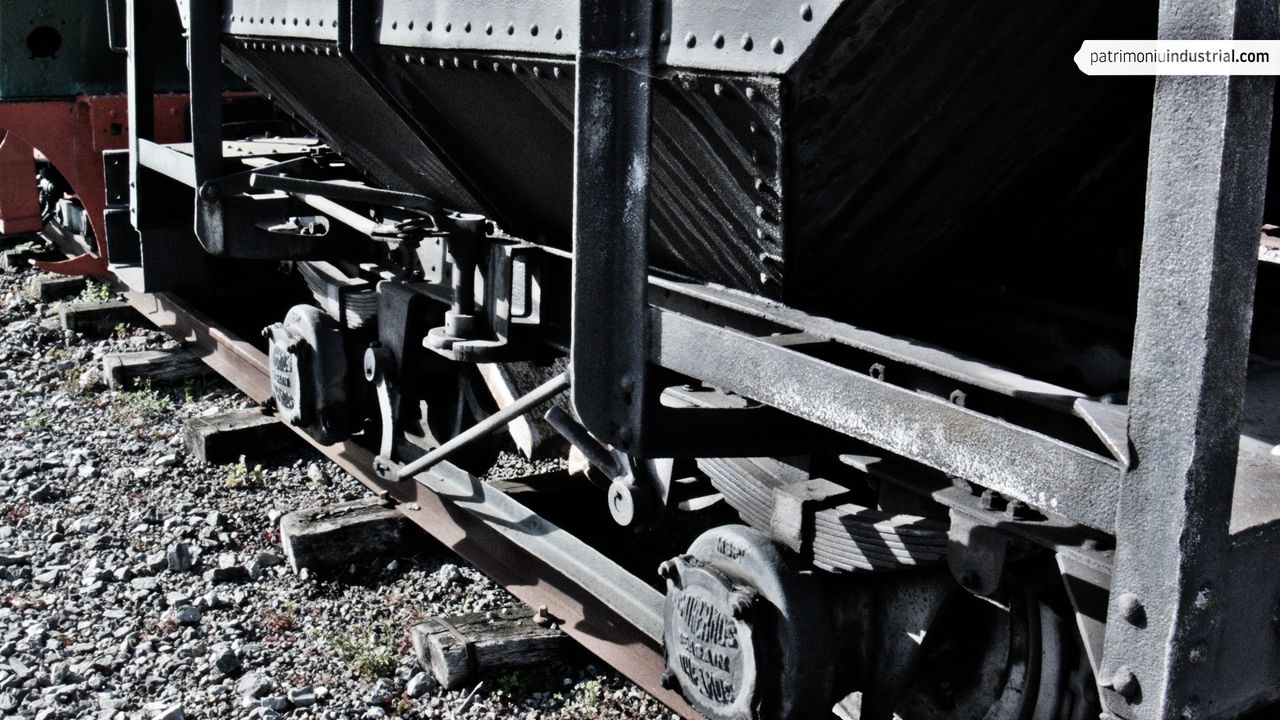
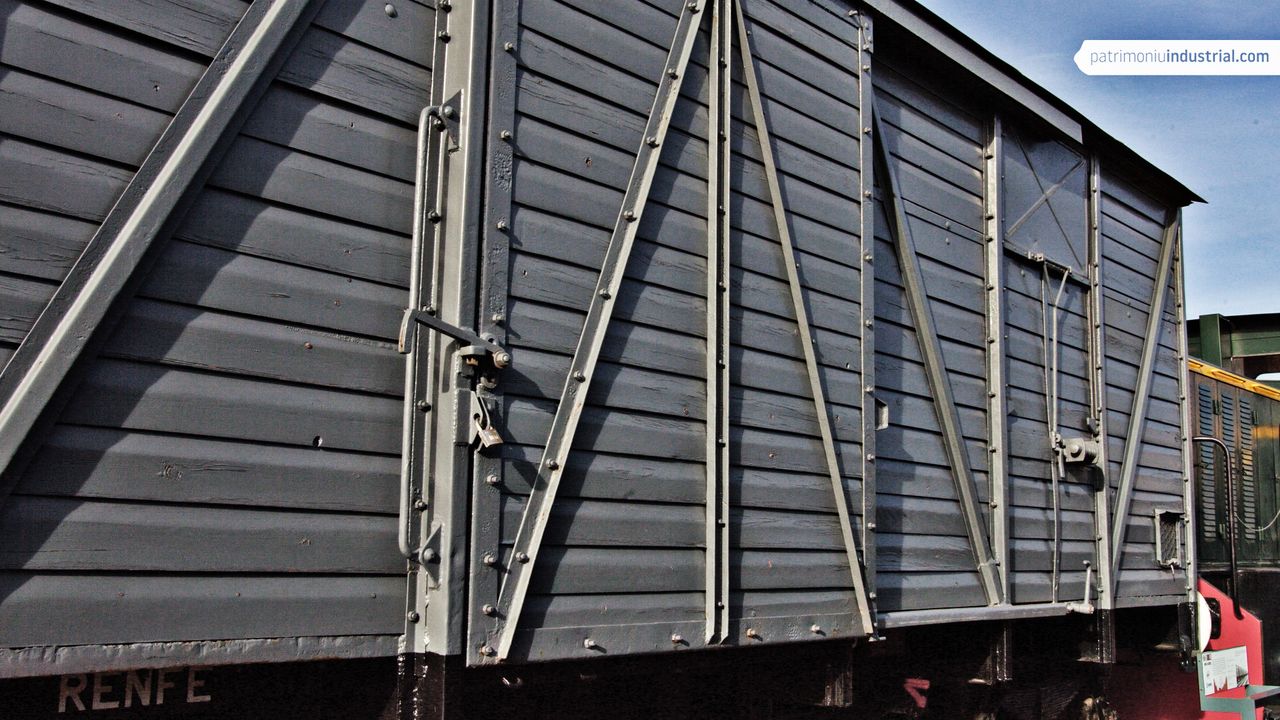
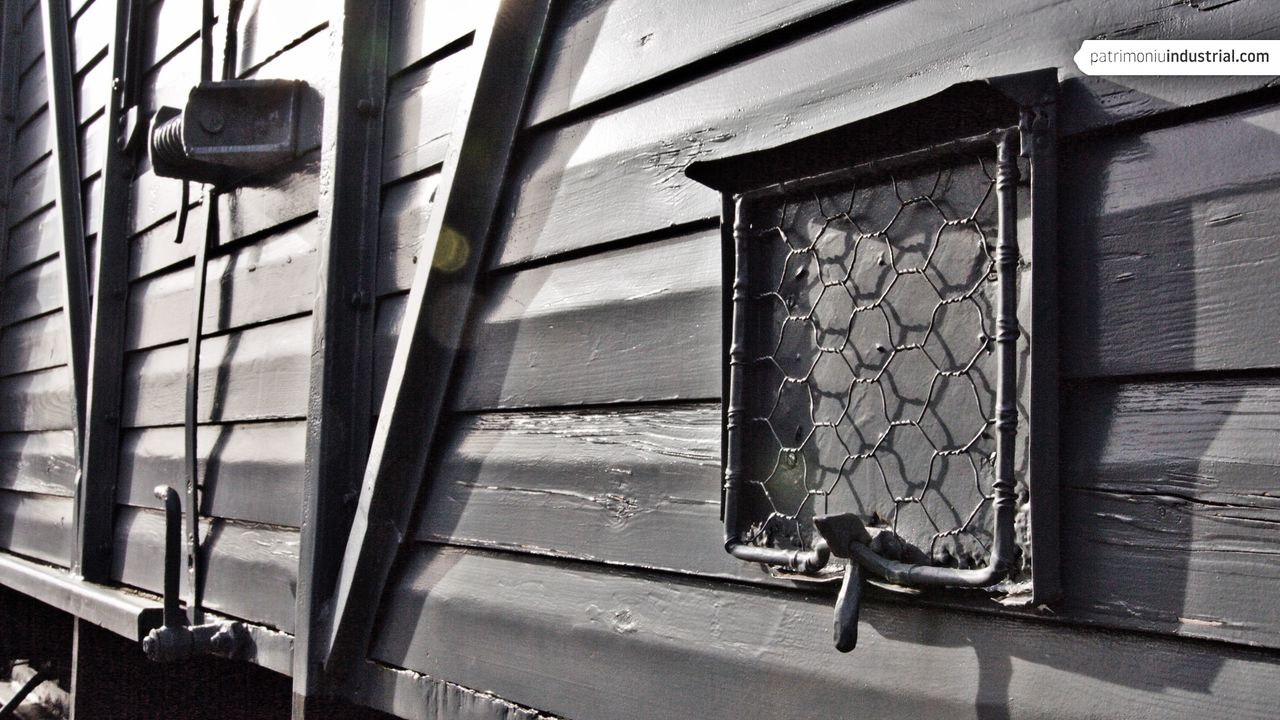
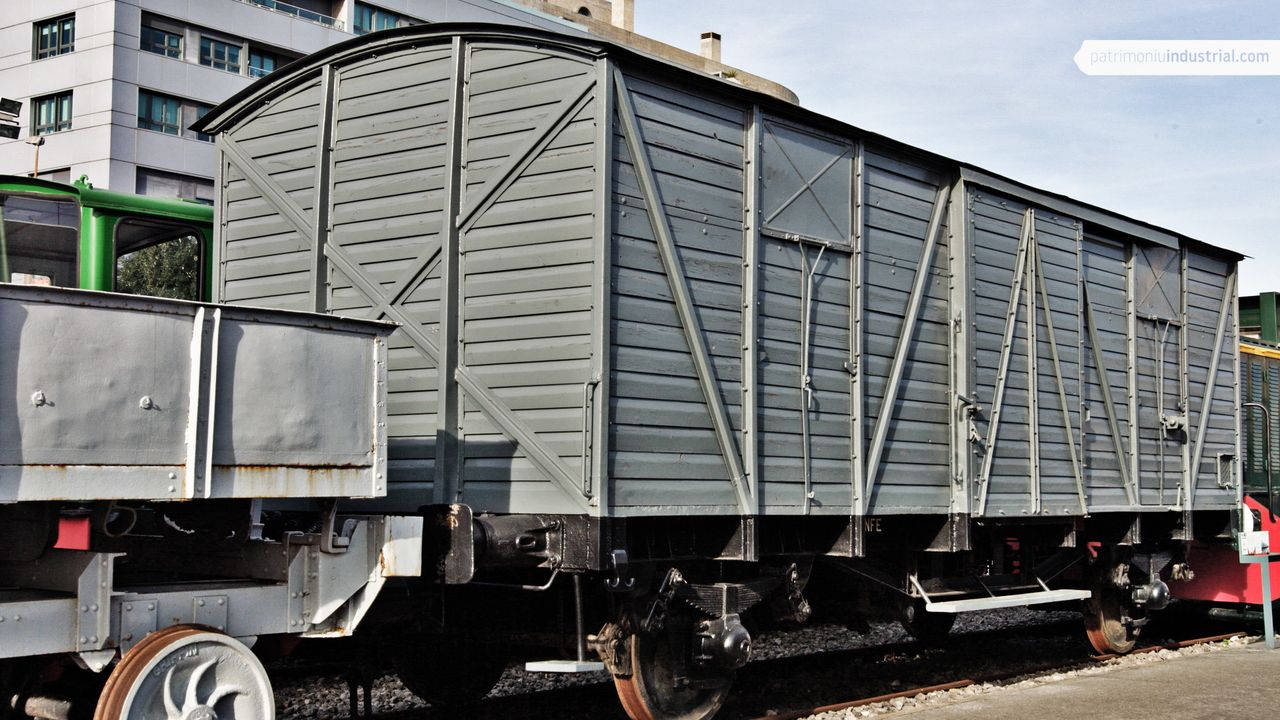
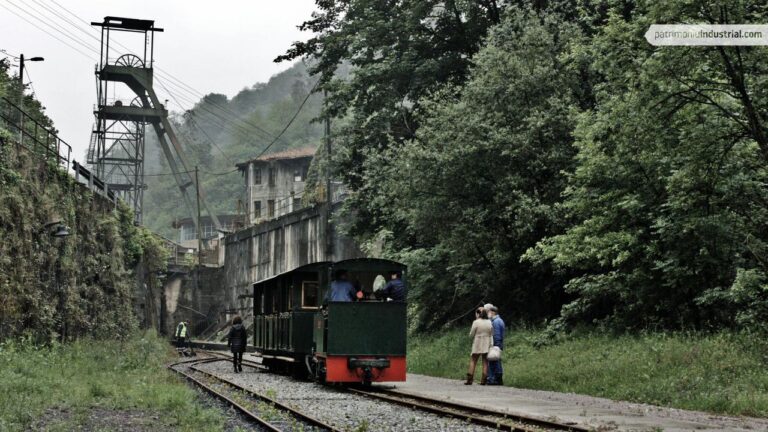
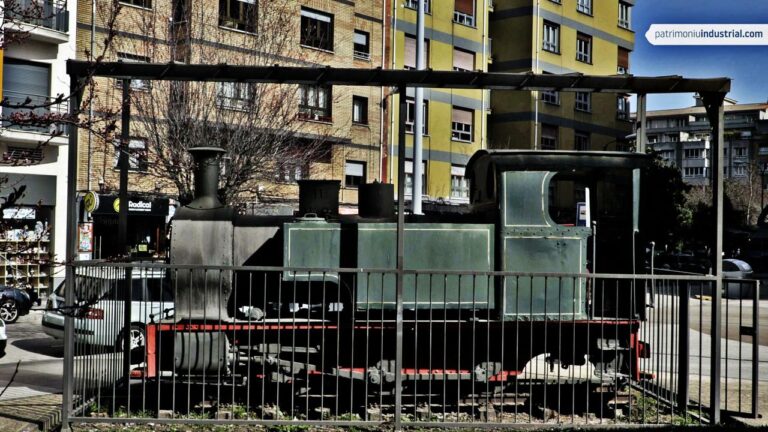
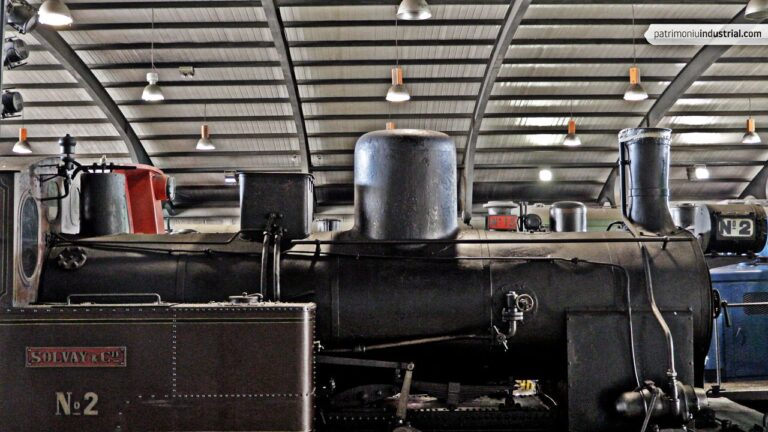

Recent Comments